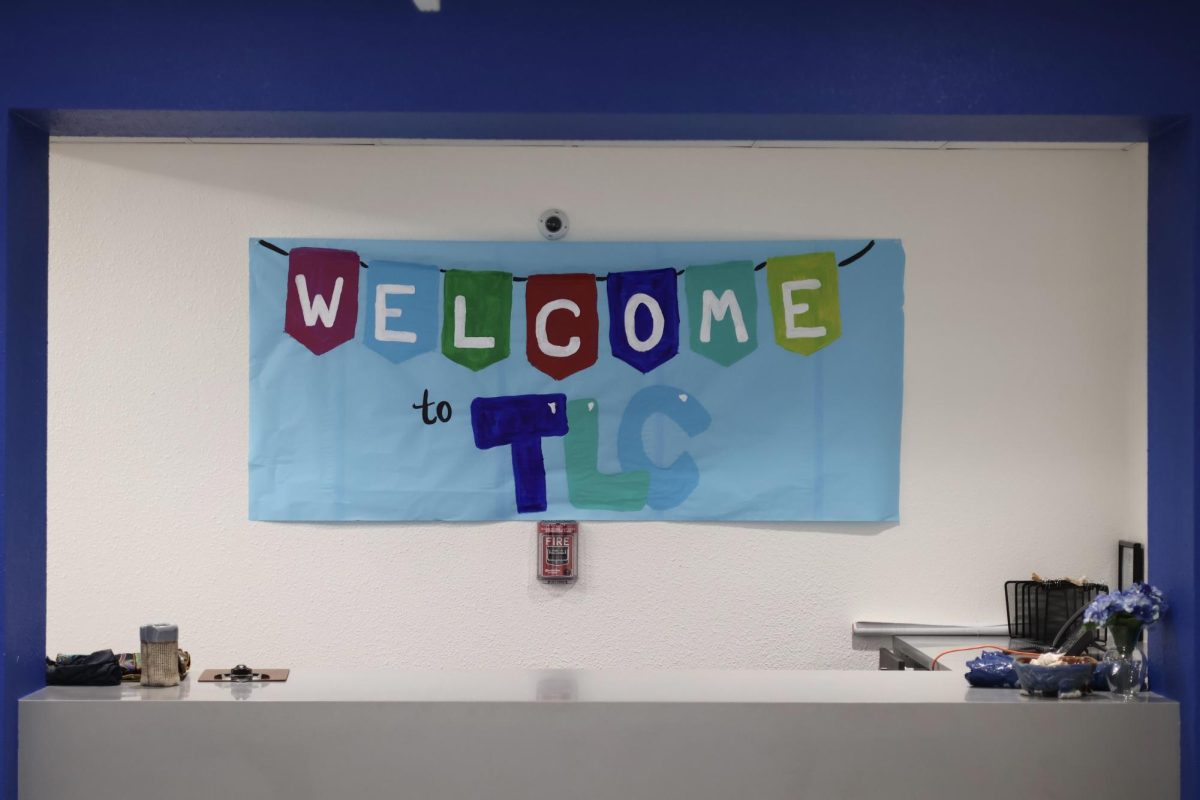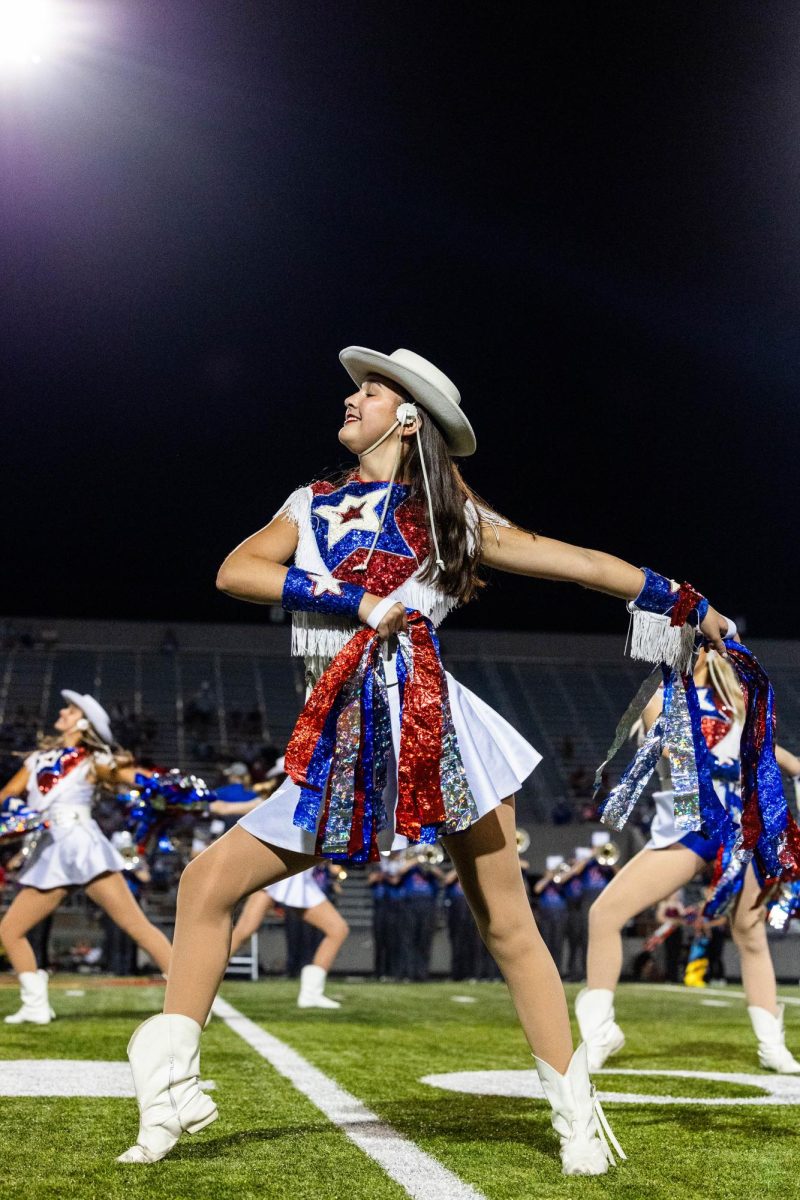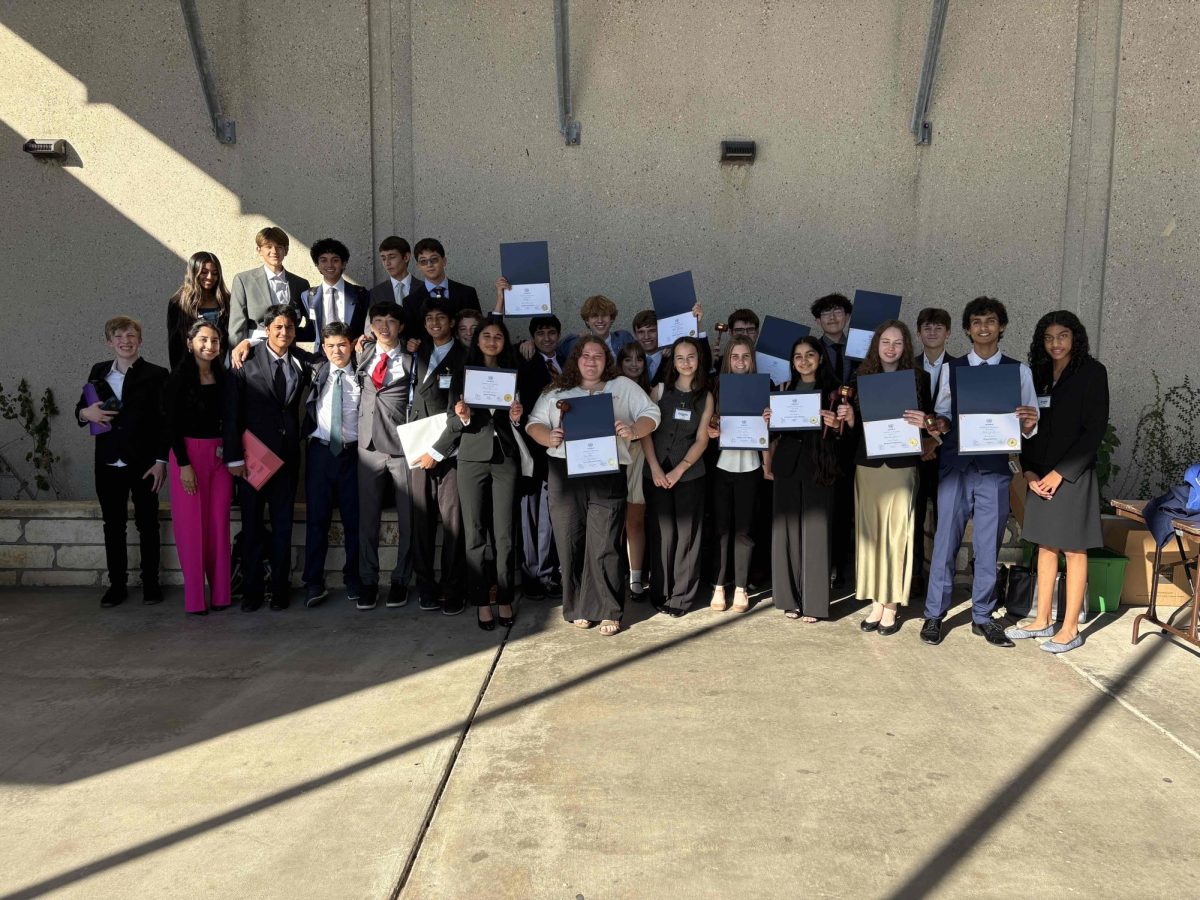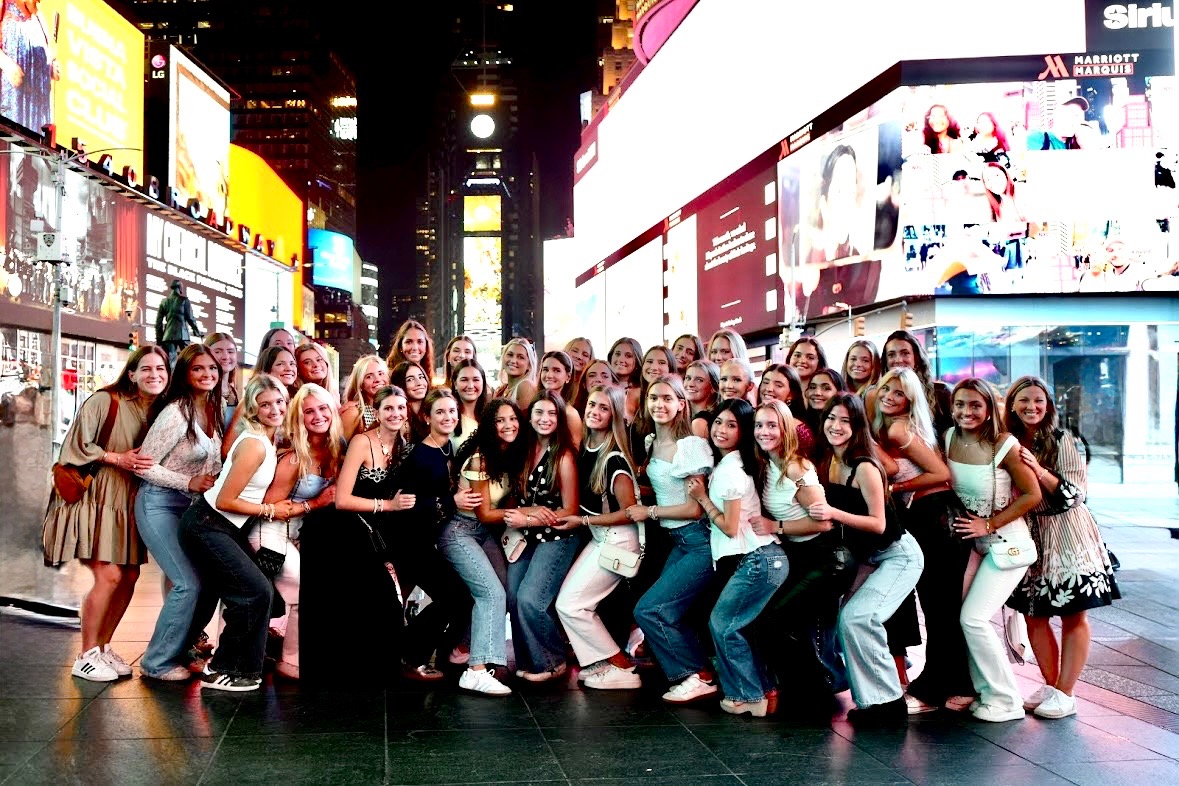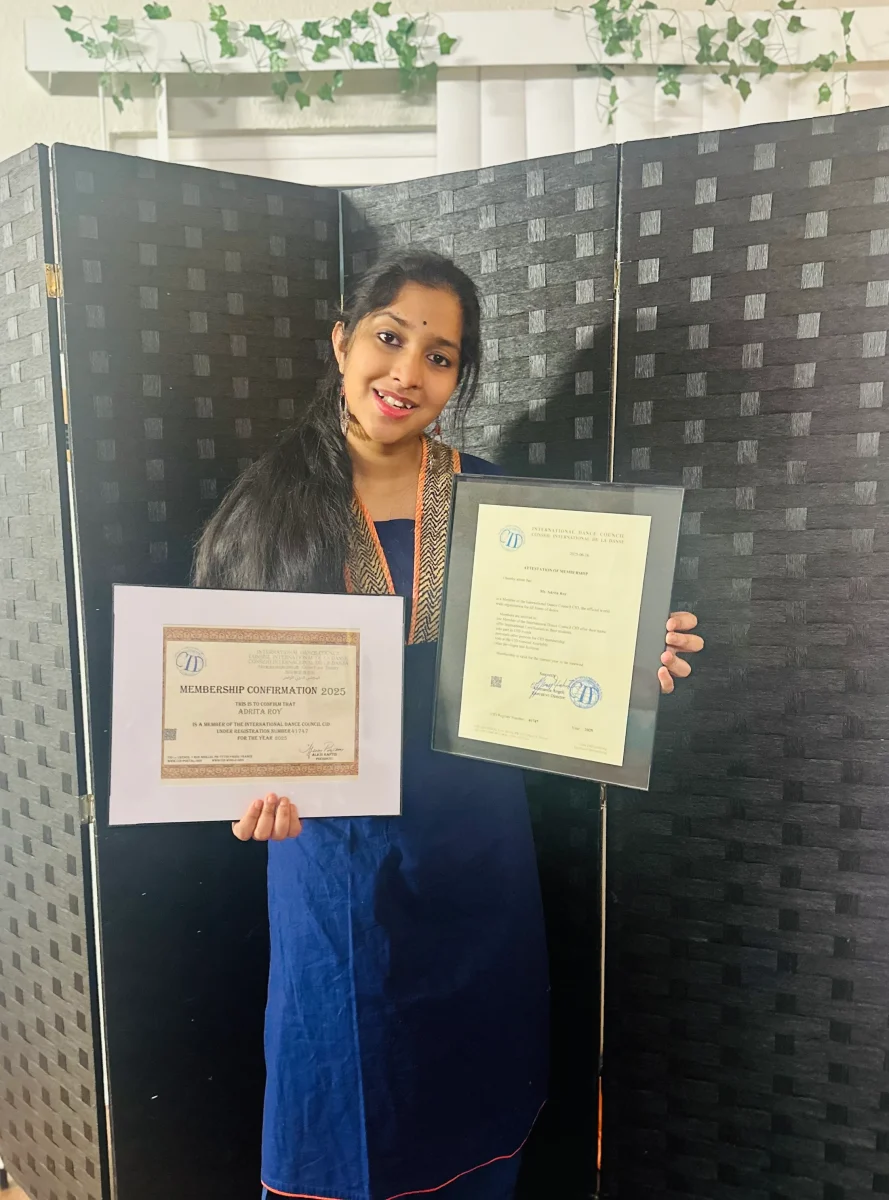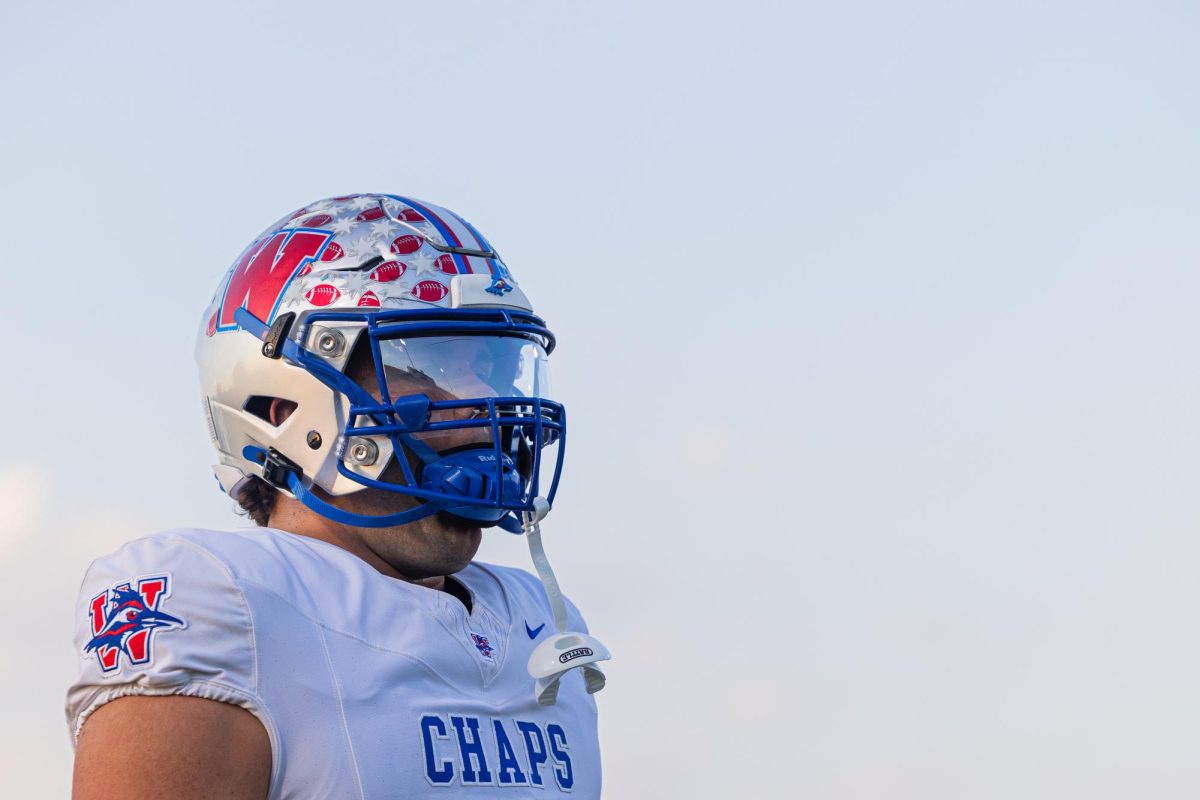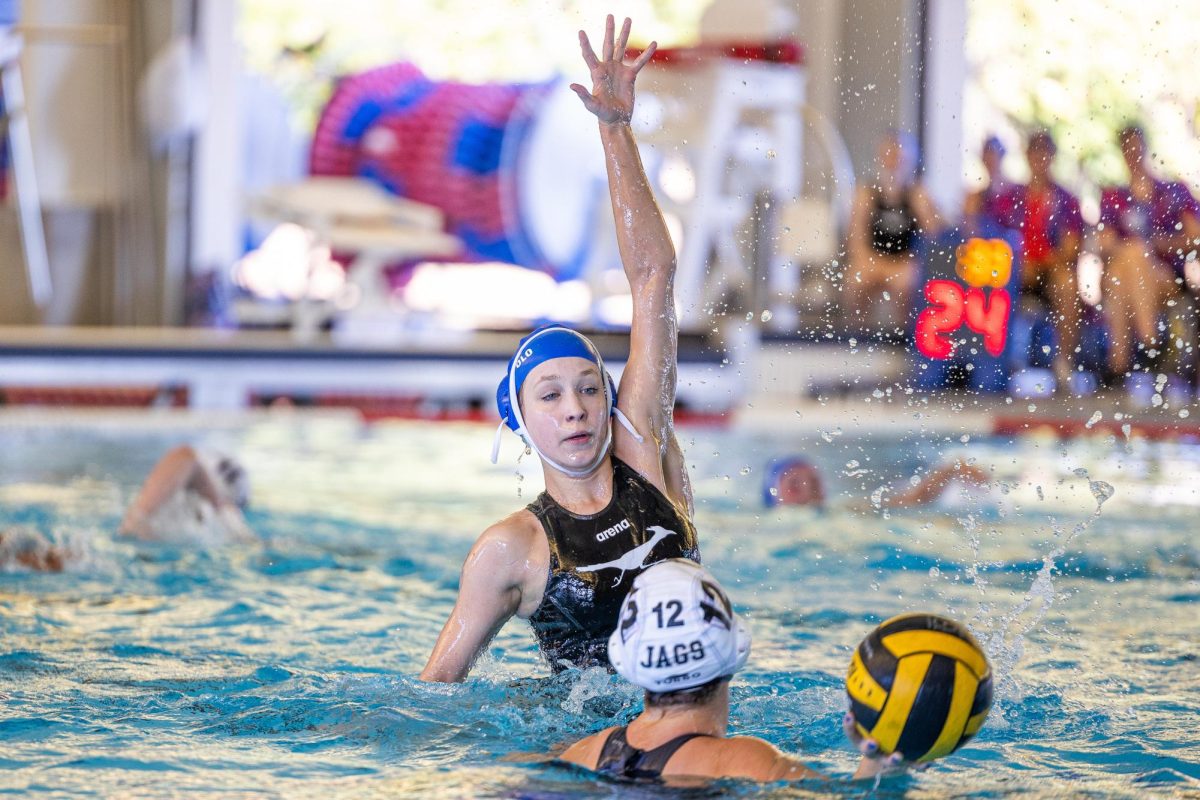The Learning Center staff couldn’t begin moving into their new building, which was still getting prepped, until the week before school started. Students and teachers gave hasty goodbyes to the building they had called home since 2005.
“It’s been a transition,” English and art teacher Allison Scacco said. “It still kind of feels like I don’t know where my things are.”
Starting this school year, TLC moved from a small building across the street, to the much larger, now-former administrative building. Other additions were made, most notably the introduction of a science department previously absent from the program.
At the same time, the move lost part of what made TLC special: the environment surrounding the old building. Students and teachers adjusting to the transition still refer to the TLC as across the street, despite it being up the road now.
“It’s been a hard transition,” Scacco said. “I would say for me, I really liked our old building, and I think it really served us well. It was small, it was comfortable, it was cozy, which is a lot of what our students appreciate about our program.”
It’s not just the building that was significant, but also the memories surrounding it, especially for the returning seniors this year. Senior Lillian Torkelson is in her second year as part of the TLC. Her older brother also took part in the program.
“I like it, but it just feels weird,” Torkelson said. “When I think of the old TLC, I think about my brother, him and his friends, and it just [felt like] a lot of students had been there.”
The Learning Center has stood for over 30 years as an alternative place for juniors and seniors to learn and earn college credit. It’s a small portion of the school’s population, an enclave of 20-50 students that fluctuates year to year. A harsh contrast to the school’s total enrollment of around 2800 students.
With a much smaller campus, TLC offers students a different style of learning. Each teacher acts as their own department, and classrooms work at a 12-to-1 student to teacher ratio.
“Teaching at the TLC challenges you in that you work with students [where], for whatever reason, the traditional classroom isn’t working for them,” TLC Coordinator and former math teacher Renee Field said.
Joining the program as a student is an intimate process. Once a student and their parents all consent to participating in the program, they tour the building and have individual meetings with the staff.
For many of the students in the program, the TLC environment serves as a much needed retreat from the main campus.
“It would be stressful being in large classes,” Torkelson said. “I would be scared to ask questions. But if I’m in English, and there’s like four kids that I trust, I’m not scared to ask my teacher if I don’t understand something. There’s a lot of trust and a lot of comfort.”
In the case of senior Sherman Horne, the TLC helped both emotionally and academically.
“It definitely improved my grades,” Horne said. “[At main campus,] I would get overstimulated because there’s so many people. You can be social around here and nobody’s gonna judge you.”
TLC’s smaller classroom setting can be difficult for teachers at times, but it’s also an appreciated change of pace.
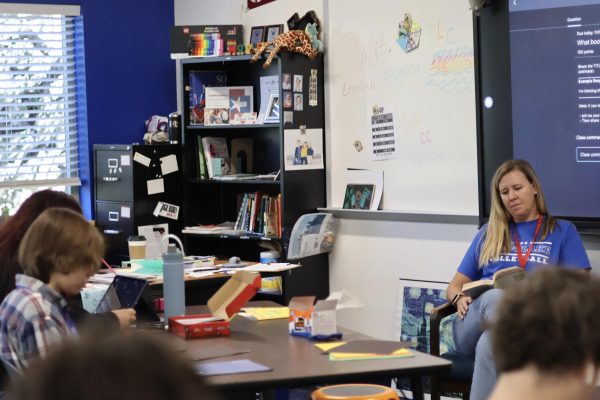
“I would say getting to teach at the TLC is the ideal teaching situation,” Scacco said. “[With] lower class sizes, I feel like I’m actually able to make a difference and show up for these kids.”
With the expansion of the TLC came new recruits, including Patrick Pruitt, who moved from the main campus to teach Government, Economics and US History. He expressed similar sentiments about the change in classroom sizes.
“TLC is a little different in the fact that we see a lot of the same kids here for the majority of the day,” Pruitt said. “Instead of having 150-180 faces that we see a day, we really get to connect with these kids.”
The TLC environment not only impacts teachers’ relationships with their students, but with fellow teachers as well.
“It feels more like a family,” Pruitt said. “We’re here all the time together. We had seven World Geography teachers last year… so we didn’t all meet together. This setting allows everybody to get together and talk.”
Although there’s no official plans yet, the expansion of the TLC building has also come with the possibility of opening the program to freshmen and sophomores, an idea that has been discussed throughout the years.
“[For] forever we would see students struggling sophomore year,” Field said. “[But TLC] got crowded, and there was no room to expand. Here, this is huge compared to what we had.”
Just like with the expansion of the building, the possibility of extending the program to other grades challenges the status quo of the TLC community.
“It’s hard because how little can we be?” Field said. “How big do we need to be? How can we keep that same closeness?”
Still, the building across the street wasn’t the first, and this new one might not be the last. First and foremost, TLC provides an alternate learning experience for students, no matter where it is or what it looks like.
“Part of what we’ve created is something different,” Scacco said. “And that’s not to say the main campus is a bad place. It’s just part of our purpose as an alternative high school to offer something different for our students.”

